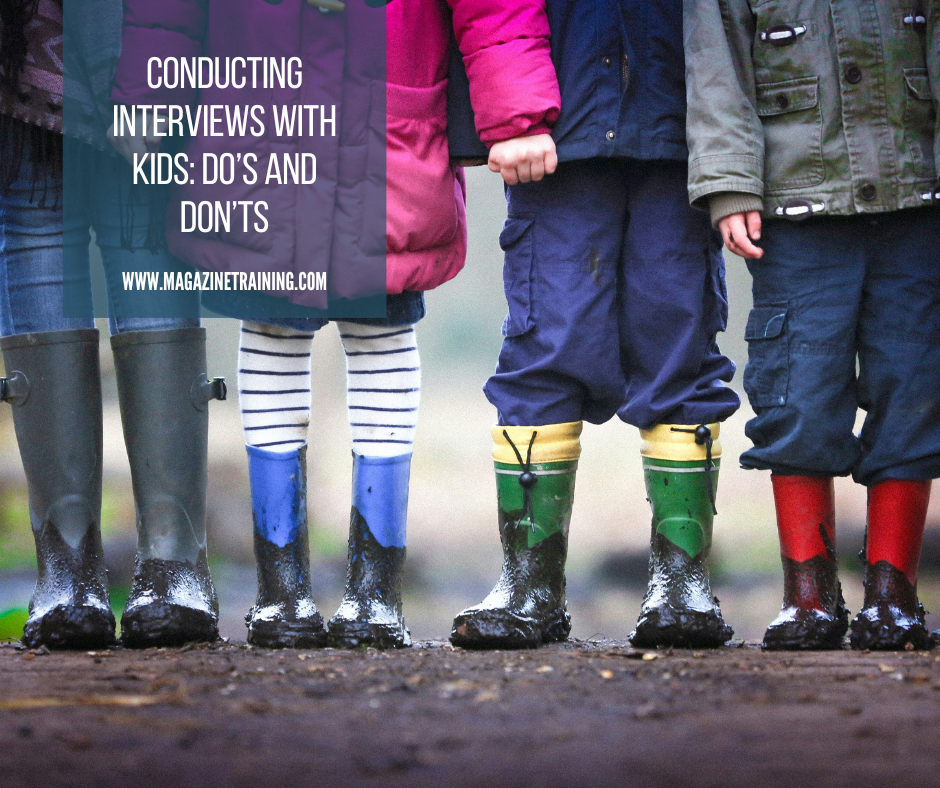
The surge of student-led activism that was born in the wake of 2018’s devastating school shooting in Parkland, Florida, has brought the powerful voices of teenagers and children to cable news reports, newspapers, and digital and magazine outlets across the country in a major way. Theirs are voices that have traditionally been discounted and overlooked as thoughtful sources in the media, but as they organize massive student actions like this week’s national school walkout in protest of gun violence, reporters are increasingly turning their mics away from experts and talking heads and toward the kids. And they have much to say.
Such a shift in attention comes with questions about the ethics of using kids as sources in stories that often have national audiences and cover serious topics, such as politics, gun violence, and trauma. When is it appropriate to approach a child for an interview? Do journalists need parental permission? School permission? And how old is old enough for a kid to consent to a potentially sensitive interview?
For education reporters, working with children and navigating these tough questions reflects the daily demands of the beat. Children are not passive witnesses to the politics, conflict, and culture on which journalists report. They are active participants, and they are as impacted by current events as adults. Stories like this New York Times report, about standardized testing seen through a Brooklyn fourth-grader’s eyes, or California Sunday Magazine’s recent teen issue offer an example of how to successfully incorporate the voices of children into complex political stories without condescension, and in a way that does not devalue their experience of the world.
In the aftermath of major tragedies, such as the Sandy Hook shooting, political and other journalists tasked with the difficult job of breaking news coverage involving very young kids have often conducted stressful, sometimes live, interviews with kids moments after a terrible crisis that are absolutely cringeworthy. Whether you’re covering a breaking story or working on a longer feature, here are some best practices that education reporters keep in mind when approaching kids for quotes.
Do no harm
Before interviewing any child about any topic, remember first and always that they are children. You should avoid re-traumatizing a child at all costs.
by Alexandria Neason
Related posts
Magazine Training International’s mission is to encourage, strengthen, and provide training and resources to Christian magazine publishers as they seek to build the church and reach their societies for Christ.

